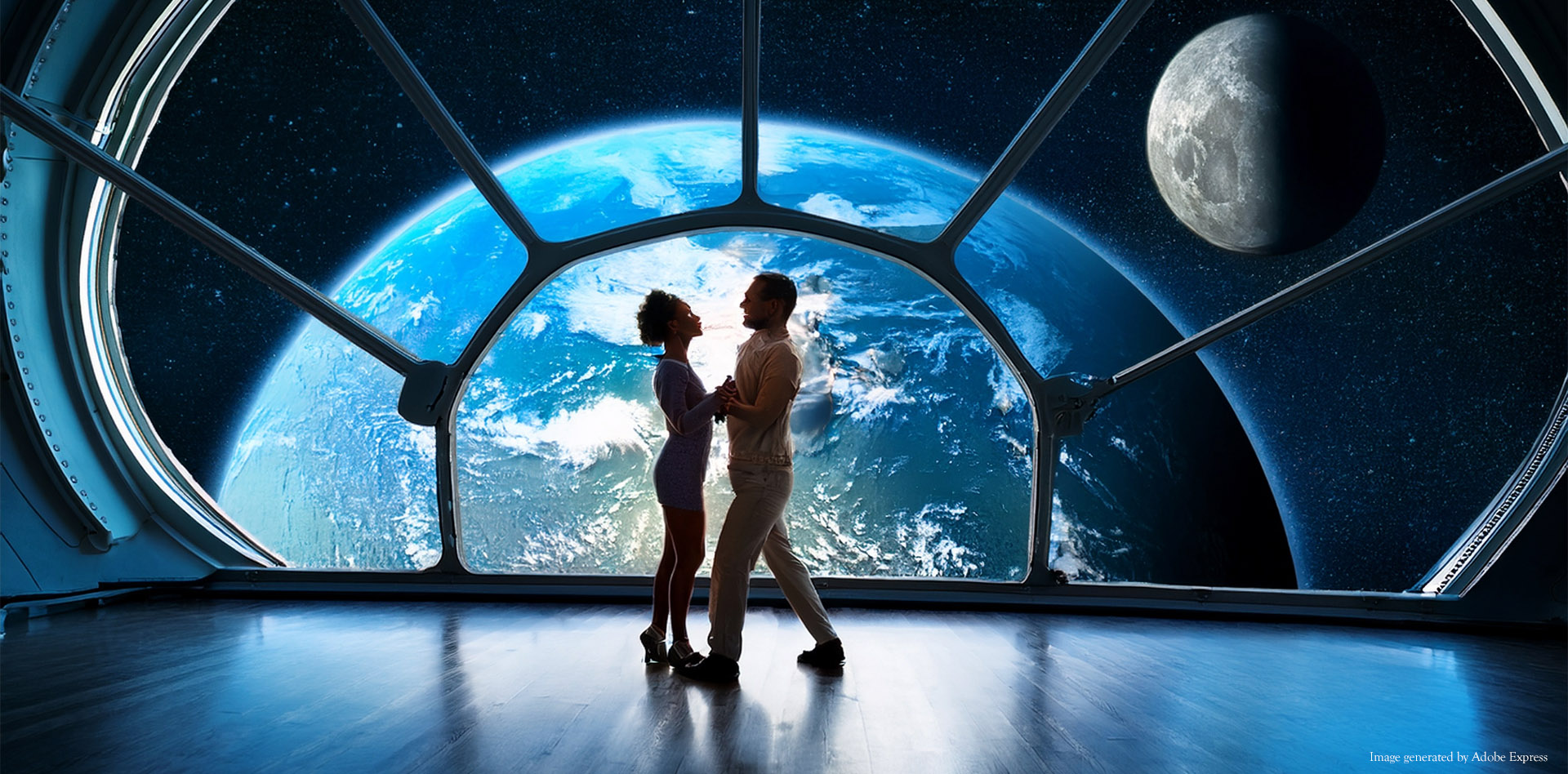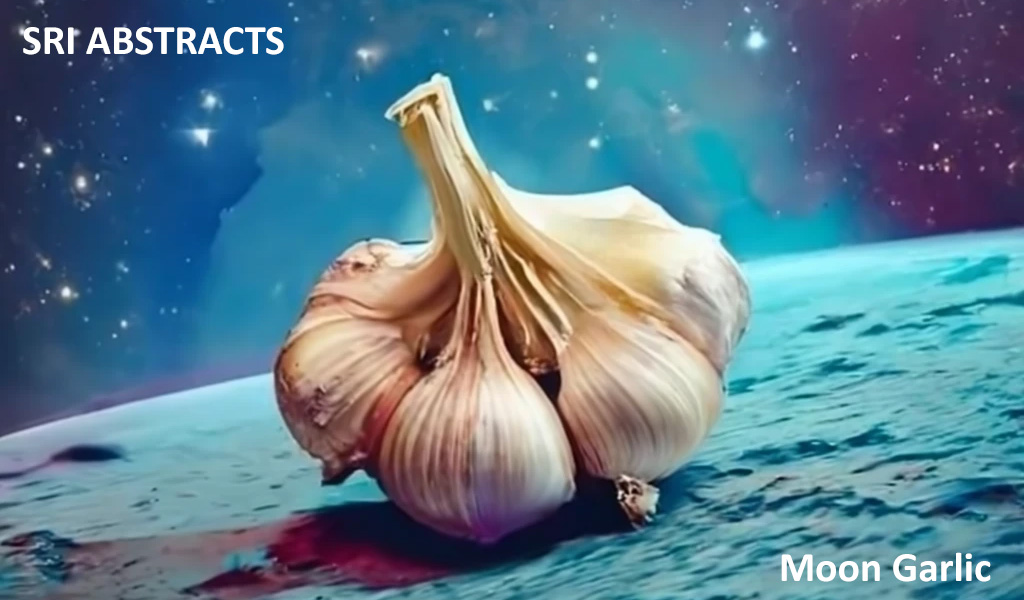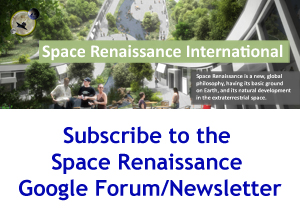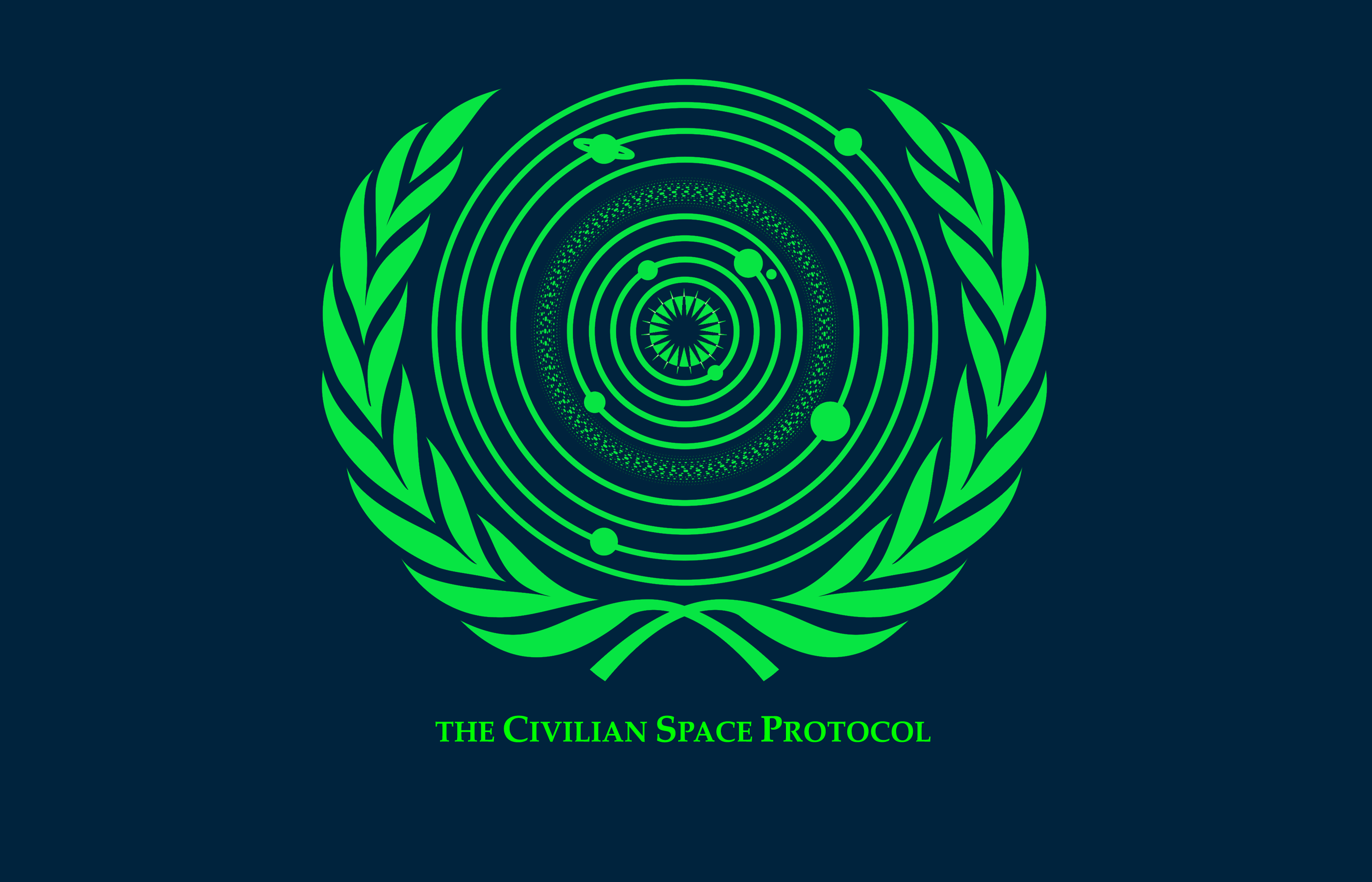
Humanity stands at a crossroads. Our beautiful Earth, cradle of all we know, is straining under the weight of nearly 8.5 billion people. Environmental degradation, social inequity, and resource scarcity deepen by the day. We are reaching the limits of a single-planet civilization. We can face this challenge in two ways. Some will cling to the old patterns—fighting over dwindling resources and defending narrow borders. Others will rise above, expanding into space not to escape Earth, but to renew and sustain it. These pioneers—the Space Settlers—will carry the next chapter of civilization beyond our home planet.
The Humanist Path: Living in Free Space. When people imagine living beyond Earth, they often picture Lunar or Martian colonies. Yet, from a humanist perspective, a better path exists: rotating free space habitats, as envisioned by Gerard K. O’Neill. These are vast, spinning structures orbiting Earth or the Moon, or standing at Lagrange Libration Points, designed to simulate Earth’s gravity and sustain full, flourishing communities. Unlike planetary colonies bound to weak gravity, dust, or darkness, O’Neill habitats offer: 1g simulated gravity to preserve human health; continuous sunlight and abundant solar energy; freedom of movement, as habitats can orbit safely or relocate if needed. More than technical achievements, these habitats embody the Enlightenment spirit—the belief that reason, ethics, and creativity can design environments of dignity, beauty, and freedom.
Freedom and Human Dignity in Space. Freedom is at the heart of humanity’s destiny. Consider a lunar settler who finds his bones too fragile to withstand Earth’s gravity—trapped by biology, after a few years living on the Moon. In contrast, inhabitants of a rotating habitat retain the freedom to return on Earth, at will. Simulated gravity safeguards their health, ensuring that space settlement remains reversible and voluntary. Freedom of movement leads naturally to freedom of culture. In a habitat like “New Gaia”, thousands of people from all nations live together: Russians celebrating Maslenitsa, Indians lighting Diwali lamps, and space-born storytellers sharing ancient myths. New traditions also emerge—festivals, music, and art inspired by life between worlds. These habitats can become beacons of a new Renaissance—a rebirth of cultural and creative freedom beyond the constraints of geography and politics.
Beauty, Ergonomics, and the Art of Living. To truly live in space, we must go beyond survival. Beauty, comfort, and joy are as essential as oxygen and water. Studies on Earth already show that nature, light, and art nurture well-being. In space, they become indispensable. Imagine habitats filled with gardens, flowing water, and sunlight filtered through vast windows, or mirroring structures. Paths wind among trees, homes open to panoramic star views, and art fills public halls. Ergonomics ensures comfort and health: sports areas for vitality, meditation spaces for balance, and theaters where shared culture thrives. Art and aesthetics are not luxuries—they are tools of civilization. They transform cold outposts into luminous homes and keep the human spirit alive amid the stars.
Safety, Redundancy, and Joyful Abundance. Safety in space depends on redundancy—multiple systems for life support, energy, and food. Yet redundancy need not be austere. It can be elegant: rainwater fountains that double as recycling systems, green belts concealing power generators, transparent tubes carrying life-sustaining water. From such abundance arises what Howard Bloom has called flamboyance[1]—abundance, redundancy, splendour and joyful expression. With solar power and space resources at hand, communities can build colorful, diverse habitats rich in gardens, art, and leisure. Flamboyance transforms survival into celebration, proving that life in space can exceed Earth’s limitations in quality and beauty.
Building the Geo-Lunar Economy. A thriving human presence in space must rest on a strong industrial base. The geo-lunar space—the region between Earth and the Moon—is becoming the new frontier of industrialization. Four key sectors will drive this transformation. 1) Satellite Servicing and Manufacturing: extending satellite lifetimes through on-orbit refueling, repair, and assembly saves billions and reduces waste. Companies like Northrop Grumman, Astroscale, and OrbitFab already lead this revolution. 2) Orbital Debris Recovery and Reuse (ODRR): recovering defunct satellites and rocket parts removes hazards while recycling valuable materials. By 2035, orbital recycling will supply raw materials for new satellites and habitats—foundations of a circular space economy. 3) In-Space Propellant Production: launching fuel from Earth is costly. Producing it in space—from lunar ice or asteroid water—will revolutionize logistics. Water can be split into hydrogen and oxygen, stored in orbital depots, and used to refuel spacecraft traveling throughout the Earth-Moon system. 4) Lunar and Asteroid Mining and Refining: extracting water, metals, and oxygen directly from space bodies enables construction and manufacturing without dependence on Earth. By the 2040s, automated facilities will deliver refined materials to orbital hubs, supporting habitats and spacecraft. Together, these industries form a synergistic ecosystem—a self-sustaining economic loop that turns the vastness between Earth and Moon into humanity’s new industrial heartland. This industrial base will enable the creation of large habitats and ensure their autonomy.
Partnership and Sustainability, toward a Future of Hope and Renewal. The road ahead requires cooperation. Governments, private companies, and investors must join forces under transparent, ethical frameworks that promote peace and sustainability. Shared infrastructure, open standards, and mutual accountability will accelerate progress and prevent conflicts. Such cooperation is not only pragmatic—it’s moral. The resources of the solar system should benefit all humankind, avoiding new forms of exploitation or exclusion. Rotating space habitats will not be sterile fortresses or escape pods. They will be living worlds—green, luminous, and free—where billions may one day thrive. They will draw power from the Sun and resources from asteroids, easing Earth’s burdens while protecting its ecosystems. Space is not a void—it is the stage of humanity’s next Renaissance. By combining art, science, and ethics, we can build a civilization that reflects the best of what we are and what we aspire to become. Earth will always be our first home. But the stars call us to maturity—to expand our circle of life, protect our planet, and embrace the cosmos with courage and grace.
The time is now. The choice is ours.
The IV SRI World Congress “Quality of Life, on Earth and Beyond” will discuss this and other key themes, to define the positions and goals that SRI will promote during the next 5 years. The Congress will take place virtually from 30 June to 4 July 2026. But the final dates might still be adjusted, around that time.
The call for papers can be seen in home page at https://spacerenaissance.space/
To understand more about the Congress symposia, sessions, and proposed topics, also watch the SRIC4 #00: “Announcing the 4th SRI World Congress”, the launch webinar, on the Space Renaissance YouTube channel: https://www.youtube.com/live/duwFQHbsXWs
Let’s work together, to make a great congress!
Join the Space Renaissance! https://spacerenaissance.space/membership/international-membership-registration/
Watch and subscribe the Space Renaissance YouTube channel: https://www.youtube.com/@spacerenaissance
[1] Howard Bloom – “The Case of the Sexual Cosmos” https://www.youtube.com/live/8PvjfKg2JZQ









 Space Renaissance France (French Chapter of SRI)
Space Renaissance France (French Chapter of SRI)  Space Renaissance USA, Inc. (USA Chapter of SRI)
Space Renaissance USA, Inc. (USA Chapter of SRI) Space Renaissance (Italian Chapter of SRI)
Space Renaissance (Italian Chapter of SRI) Space Renaissance Academy
Space Renaissance Academy Space Renaissance Initiative Group
Space Renaissance Initiative Group